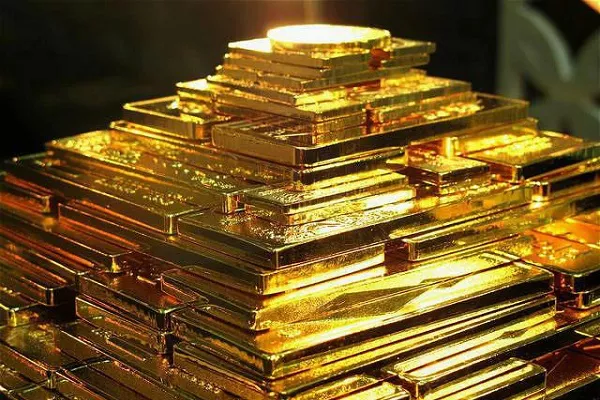Rose gold, with its romantic hue and timeless appeal, has become increasingly popular in jewelry and other luxury items. However, determining the value of rose gold per gram requires an understanding of various factors that influence its price. In this article, we will explore the intricacies of rose gold pricing, examining its composition, market demand, and other crucial factors to provide insights into its worth.
Understanding Rose Gold
Rose gold, also known as pink gold or red gold, is a gold alloy that typically consists of gold, copper, and sometimes silver. The addition of copper gives rose gold its characteristic pinkish hue, while silver can enhance its brightness and durability. The proportion of gold to copper and silver in the alloy determines the color and quality of the rose gold.
Composition of Rose Gold Alloys
Rose gold alloys come in various compositions, each affecting its color and value. The most common compositions include:
18K Rose Gold: This alloy contains 75% gold, 22.25% copper, and 2.75% silver. It is a popular choice for fine jewelry due to its balance of durability and color.
14K Rose Gold: With 58.5% gold, 41.5% copper, and no silver, 14K rose gold is slightly less pure than 18K but remains a durable and attractive option for jewelry.
10K Rose Gold: This alloy contains 41.7% gold, 49.3% copper, and 9% silver, making it the least pure but also the most affordable option.
Factors Influencing the Value of Rose Gold
Several factors influence the value of rose gold per gram, including:
Gold Market Prices: Like yellow gold, the price of rose gold is closely tied to the prevailing market prices of gold. Since rose gold is an alloy containing gold, changes in the price of gold bullion will impact the value of rose gold jewelry.
Copper Prices: Copper is a significant component of rose gold alloys, and fluctuations in copper prices can affect the overall value of rose gold. Higher copper prices may lead to increased production costs for rose gold jewelry, potentially raising its price per gram.
Purity of the Gold Alloy: The purity of the gold alloy, typically measured in karats (K), also influences its value. Higher karat alloys, such as 18K rose gold, contain a higher percentage of gold and are therefore more valuable than lower karat alloys like 10K rose gold.
Designer Brand and Craftsmanship: Jewelry pieces crafted by renowned designers or featuring intricate craftsmanship may command a premium price, regardless of the actual gold content. The brand reputation and craftsmanship can significantly impact the perceived value of rose gold jewelry.
Calculating the Value of Rose Gold per Gram
To determine the value of rose gold per gram, one must consider the current market prices of gold and other relevant metals, as well as the purity of the gold alloy. Here’s a simplified formula for calculating the approximate value of rose gold:
Value of Rose Gold per Gram=Spot Price of Gold×Gold Content Percentage
For example, if the spot price of gold is $50 per gram and the rose gold alloy contains 75% gold (18K), the value of rose gold per gram would be:
$50×0.75=$37.50
Market Trends and Demand for Rose Gold
In recent years, rose gold has experienced a surge in popularity, particularly in the luxury jewelry market. Its warm, romantic hue appeals to consumers seeking a modern yet timeless alternative to traditional yellow or white gold. The rising demand for rose gold jewelry has contributed to its increasing value per gram, especially for higher purity alloys.
Moreover, rose gold has found applications beyond jewelry, including in watches, smartphones, and other luxury goods. The versatility and aesthetic appeal of rose gold have led to broader market acceptance and sustained demand for this precious metal.
Conclusion
In conclusion, the value of rose gold per gram is influenced by various factors, including the current market prices of gold and copper, the purity of the gold alloy, and consumer demand. While rose gold shares many characteristics with yellow and white gold, its distinct color and composition give it a unique allure that appeals to a broad range of consumers. Whether used in fine jewelry or luxury goods, rose gold continues to captivate enthusiasts with its romantic charm and timeless elegance. As with any investment, individuals should conduct thorough research and consult with reputable sources to determine the value of rose gold and make informed purchasing decisions.

